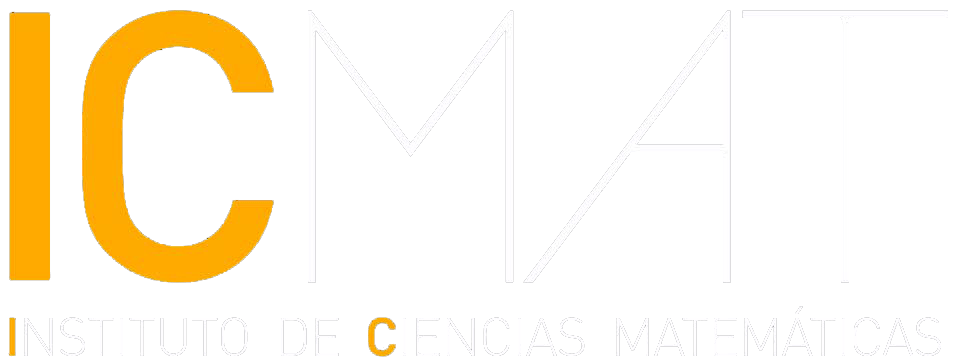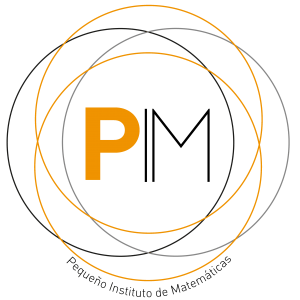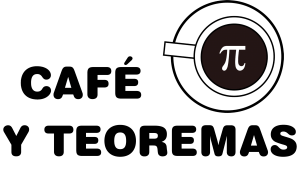Joint Mathematics Colloquium
From Euler equations to Turing machines via contact geometry
Speaker: Eva Miranda Galcerán (Universitat Politècnica de Catalunya)Date: Tuesday, 30 November 2021 - 13:00Place: Aula Miguel de Guzmán, Facultad de CC. Matemáticas, Universidad Complutense de Madrid
Online: youtube.com/channel/UCto7f9pBRM9luv-pcg3wQxg
Abstract:
In the book "The Emperor’s new mind" Penrose returns to the artificial intelligence debate to convince us that creativity cannot be presented as the output of a “mind” representable as a Turing machine. This idea, which is platonic in nature evolves into more tangible questions such as: What kind of physics might be non-computational?Or, more concretely: Is hydrodynamics capable of performing computations? (Moore 1991). Given the Hamiltonian of a quantum many-body system, is there an algorithm to check whether it has a spectral gap? ( the "spectral gap problem" recently proved to be undecidable by Cubitt, Perez-Garcia, and Wolf). And last but not least, can a mechanical system (including a fluid flow) simulate a universal Turing machine? (Tao).
The movement of an incompressible fluid without viscosity is governed by Euler equations. Its viscid analogue is given by the Navier-Stokes equations whose regularity is one of the open problems in the list of problems for the Millenium by the Clay Foundation. The trajectories of a fluid are complex. Can we measure its levels of complexity (computational, logical and dynamical)?
In this talk, we will address these questions. In particular, we will show how to construct a 3-dimensional Euler flow which is Turing complete. Undecidability of fluid paths is then a consequence of the classical undecidability of the halting problem proved by Alan Turing back in 1936. Our solution of Euler equations corresponds to a stationary solution or Beltrami field. To address this problem, we will use a mirror reflecting Beltrami fields as Reeb vector fields of a contact geometry. Thus, our solutions import techniques from geometry to solve a problem in fluid dynamics. But how general are Euler flows? Can we represent any dynamics as an Euler flow? We will address this universality problem using the Beltrami/Reeb mirror again. These universality features are just another manifestation of their complexity.
Our work is motivated by Tao's approach to the problem of Navier Stokes which we will also explain.
The contents of this talk are joint work with Cardona, Peralta-Salas and Presas.
More information:

